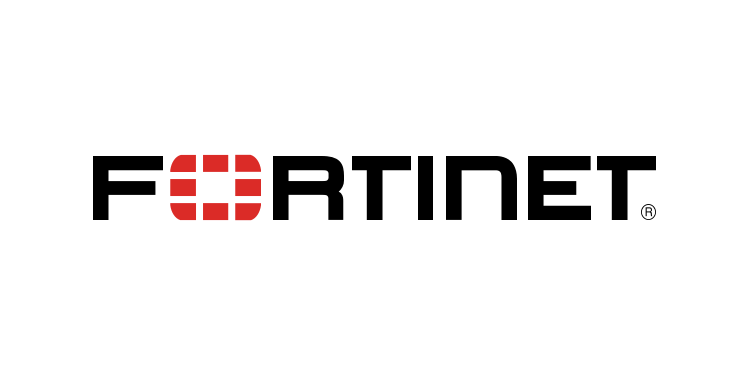Optimising electricity from sustainable energy sources will require a previously unseen level of connectivity between the energy source, customers and the cloud, a Tech Monitor webinar held in partnership with Fortinet has heard. This digitalisation of the energy grid will present new attack vectors for cybercriminals, according to Agustín Valencia, operational technology business development manager and utilities lead at Fortinet.

Valencia was speaking to delegates at the webinar, entitled Modernising and Securing the Grid: Building Cyber Resilience in the Power and Utilities Industry. He said these new challenges will require even non-technical employees to be proficient in cybersecurity to optimise the resilience of the grid.
The webinar is available to view on demand. Simply register here to watch it.
Regulation needed to help secure endpoint devices
The digitalisation of the energy grid and the growing use of renewables and Distributed Energy Resources (DER) is leaving the sector increasingly prone to attacks, Valencia said. “The ecosystem is changing so fast,” he explained.
In order to appropriately optimise sustainable energy sources, data need to be shared widely between all endpoints, which include electric vehicles, thermostats and smart meters. All these endpoints are connected in the cloud, something which has been “traditionally forbidden” in the industry due to potential security problems, Valencia said.
Now the landscape is changing, and these risks must be addressed through regulation, argued Dr Swantje Westpfahl, director of the Institute for Security and Safety. She told the webinar that “regulators are doing their best to adapt to these new attack landscapes,” but that they must act quickly as criminals are already targeting companies through internet-facing sensors within critical national infrastructure (CNI).
“I think governments and regulatory bodies have understood that there is a need to get some frameworks around this,” said Westpfahl.
European Union directive NIS 2 specifically enhances the role of the cooperation group in shaping strategic policy decisions and increases information sharing and cooperation between member state authorities. It also enhances operational cooperation including on cyber crisis management.
Member-state cybersecurity incident response teams (CSIRTs) will also collaborate with EUCyCLONe, which is tasked with EU-wide information sharing and situational awareness in the event an attack targets multiple regions and sectors simultaneously.
The EU’s Network Code on Cyber Security (NCCS) foresees stricter timelines for sharing information on reportable cybersecurity incidents than the NIS directive in order to adapt the information sharing to the need of the electricity sector, where information sharing is, in many cases, close to real time. It will request entities to quickly and efficiently share information in three steps an entity with its CSIRT, the CSIRT with the CSIRT Network, and each CSIRT with other organisations in its member state.
The energy transformation skills gap
While data is one of the biggest challenges facing the industry, it is also trying to tackle the digital skills gap which impacts many business sectors.
This will be particularly acutely as the grid is digitalized, Valencia said, because the skills required of staff working in energy companies are changing dramatically. “You need the knowledge of cybersecurity as well as the knowledge of the industry,” he explained. “Sometimes it’s like two degrees in one, and they’re expected to have ten years of experience in both.”
This skills gap could hold the industry back if it is not addressed. Sixty-eight per cent of organisations indicate they face additional risks because of cybersecurity skills shortages.
Valencia argues that building teams with a mixture of tech and business skills is the best way forward. “We have to understand the value of industry expertise as well as the new technology expertise,” he said. “Only if we group these employees together to make multidisciplinary teams, are we going to be really successful.”
To learn more about this topic, contact Fortinet at utilities@fortinet.com.



